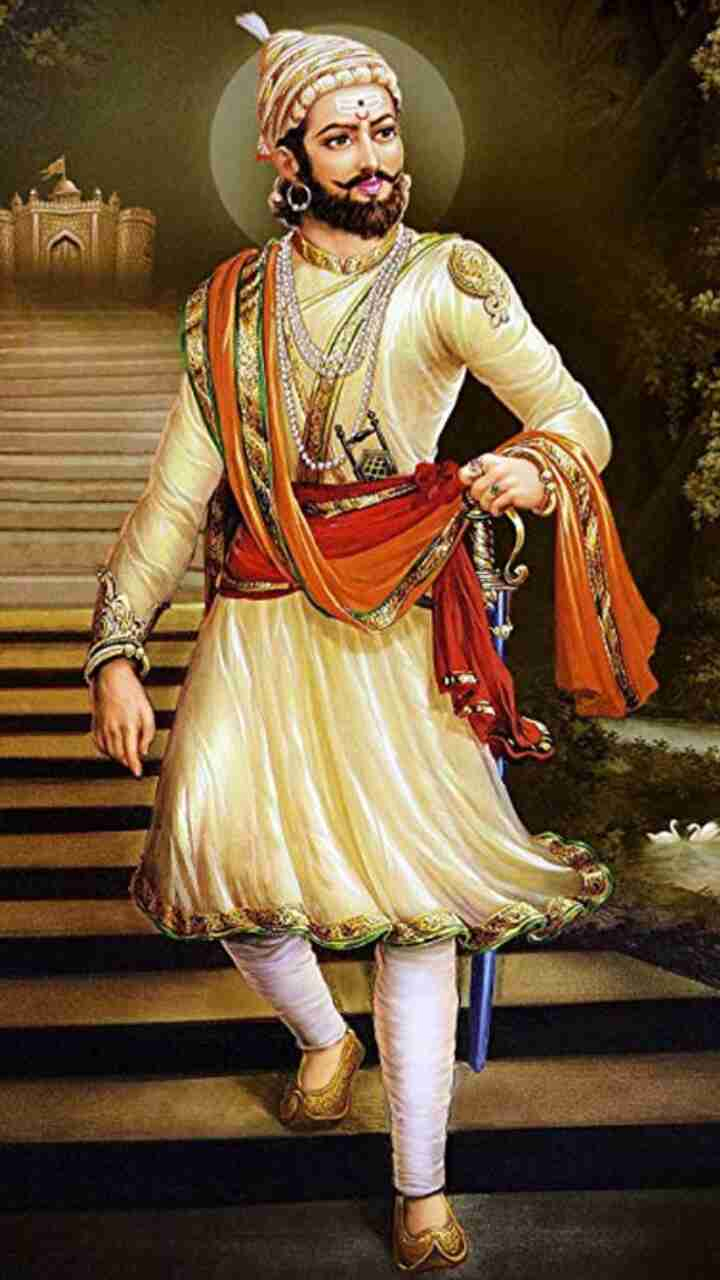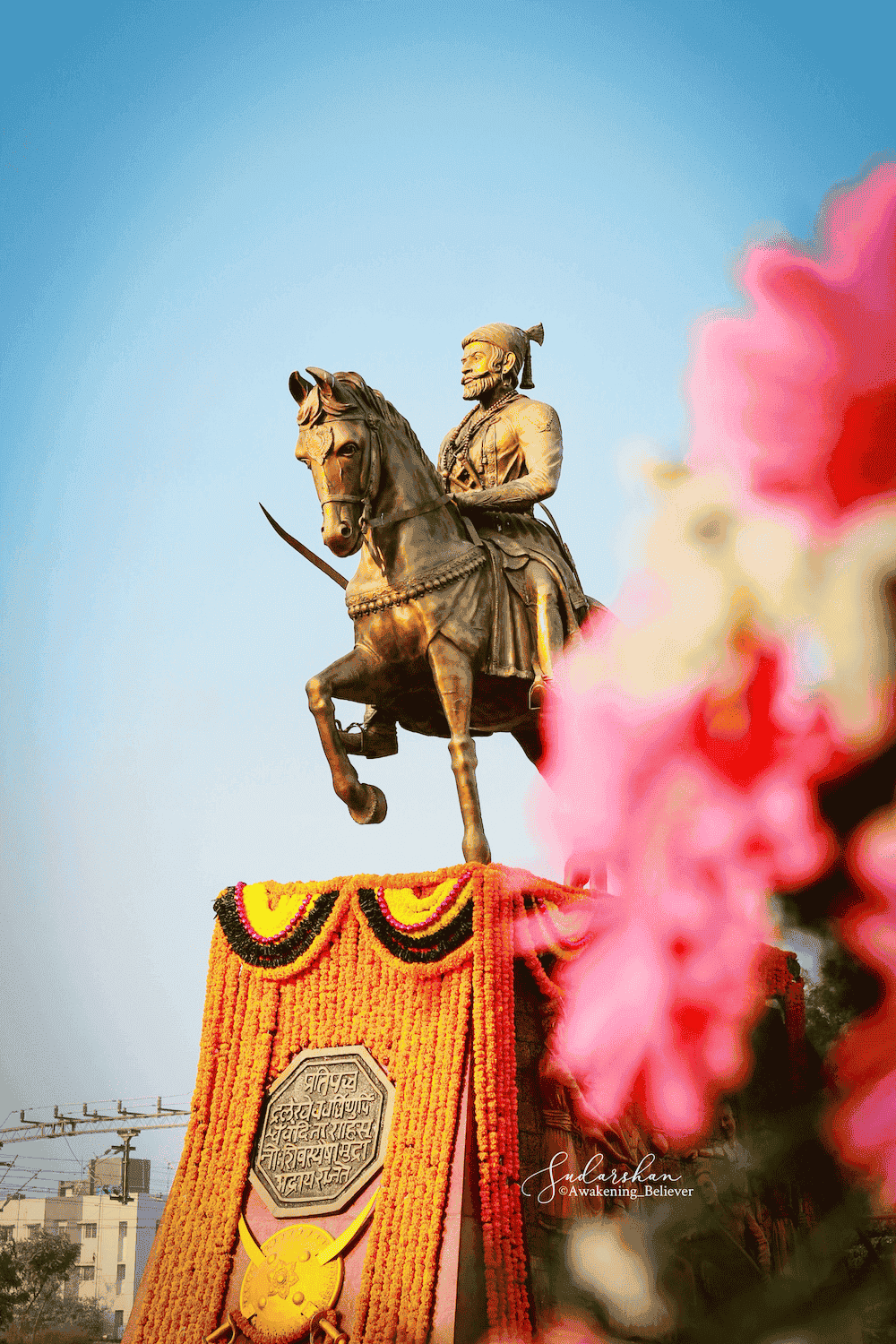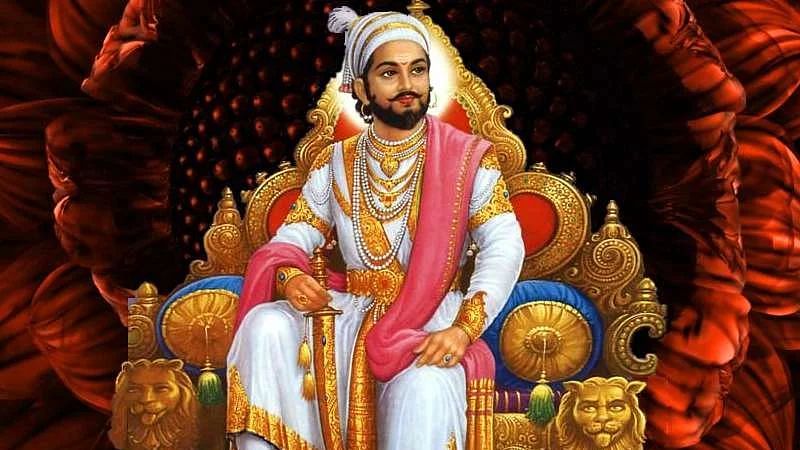nehagoyal022@gmail.com | Posted on | Education
How did Shivaji Maharaj Die?
| Posted on
Chhatrapati Shivaji Maharaj died on 3-5 April 1680 at the age of 52, on the eve of Hanuman Jayanti. The cause of his death is disputed, but some possible causes include:
- Fever and dysentery- This is the most commonly accepted cause of death, and is supported by British and Portuguese records.
- Anthrax- This is another possible cause of death, as recorded in a contemporary Portuguese work.
- Poisoning - Some historians have speculated that Shivaji may have been poisoned by his second wife, Soyarabai, in order to put her 10-year-old son Rajaram on the throne. But, we don't have strong proof to back up this statement.
It is also important to note that Shivaji Maharaj had been in poor health for some time before his death. He had suffered from dysentery and other illnesses, and had also been injured in battle on several occasions.

Also Read- Who is Shivaji Maharaj?
0
0 Comment
| Posted on
Shivaji Maharaj, otherwise called Chhatrapati Shivaji Maharaj, was a noticeable ruler in India who established the Maratha Realm. He passed on April 3, 1680, at 52 years old. The specific reason for his demise is as yet bantered among antiquarians. A records propose that he passed on because of a fever or looseness of the bowels, while others guarantee that he was harmed. In any case, there is no authoritative proof to help a specific hypothesis.

Also Read :- How did a barber, Shiva Kashid, save Shivaji’s life during his escape from Panhalgad?
0
0 Comment
nehagoyal022@gmail.com | Posted on
Chhatrapati Shivaji passed away on the 3rd of April in 1680 at Raigad, succumbing to a fever that had plagued him for three weeks. It was rumored that he fell victim to the Bloody Flux, specifically Intestinal Anthrax. The final rites were conducted in Raigad, with his son Rajaram and Soyarabai in attendance. Following Shivaji's demise, a power struggle ensued between his elder son Sambhaji and Soyrabai. After a brief conflict, Sambhaji ascended the throne. Some years later, after Shivaji's death, Prince Akbar, Aurangzeb's son, rebelled against his father and found refuge with Sambhaji. Consequently, Aurangzeb and his forces relocated to the Deccan in 1681, initiating a relentless war aimed at annihilating Maratha dominance. This marked the commencement of the twenty-seven-year war, during which the Marathas initially faced overwhelming might from the formidable Mughal empire. In the face of the unyielding Mughal onslaught, the imperiled Maratha capital was shifted from Raigad to Jinjee in the south. At one point, it appeared that Aurangzeb's goal of eradicating the Maratha threat might be realized. However, in the ensuing months and years, the course of the war began to shift.

Also read :- Why is King Shivaji respected so much all over India?
0
0 Comment
